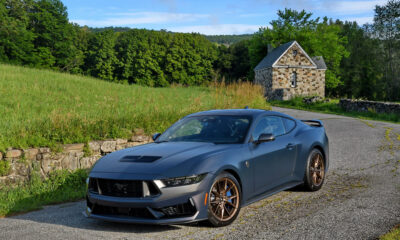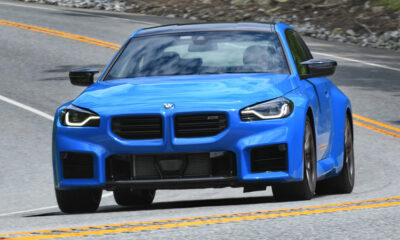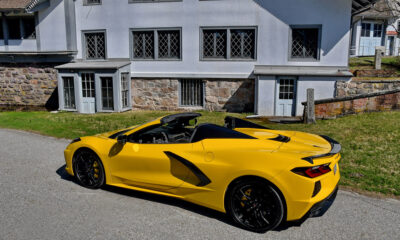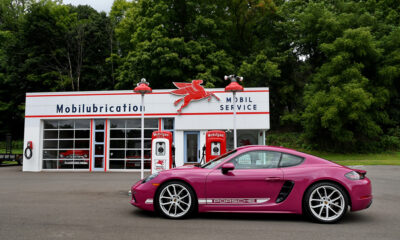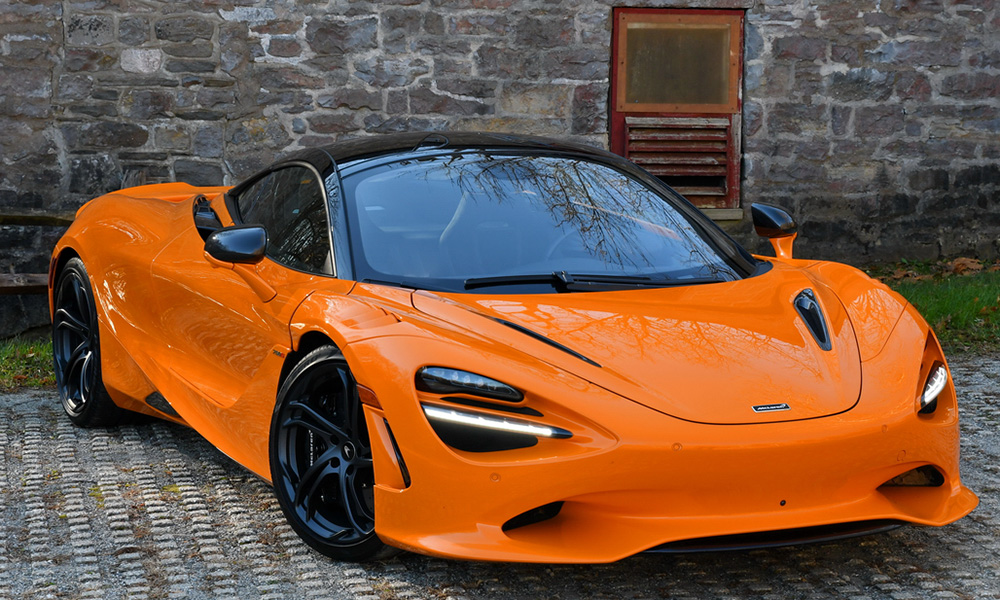
Photo: David Haueter
The folks on the McLaren press team must find it a real challenge to try and convince anyone that a new model is significantly better than the one it is replacing.
Let’s be honest, most McLarens look very much alike and they all have the same architecture and a twin-turbo V8 engine. They’ve all been incredibly good as well, so for McLaren to say they’ve improved a car like the 720S is kind of like hearing that some improvements have been made to a great work of art.
The new 750S may look a lot like the 720S that preceded it, but McLaren states that 30 percent of the components in the 750S are new or changed.
Visually, the differences between the two cars are subtle. On closer inspection, you’ll notice that the 750S has an extended front splitter, revised front and rear bumpers, narrower intakes on the headlamps and new rear wheel arch vents.
The most obvious visual difference is at the rear, where the 750S has a new center-exit exhaust and a larger retractable rear wing taken from the 765LT.
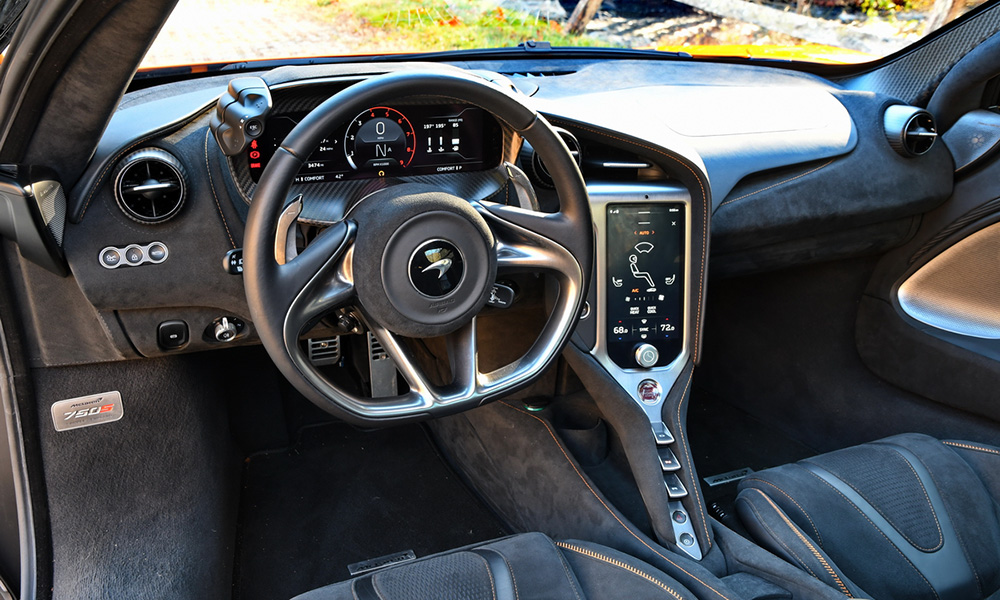
Photo: David Haueter
Inside, the 750S has a cleaner layout of controls and buttons, with new driver-friendly displays that move with the steering column, as well as toggle controls on either side of the main display binnacle that allow the driver to easily select among the various powertrain and handling modes, which include Comfort, Sport and Track. Thankfully, McLaren kept the steering wheel free of buttons and controls.
The only thing the driver can do with the steering wheel besides steering is change gears with the shift paddles mounted on each side.
The engine that sits behind the driver is nearly the same as the engine in the 720S. It’s a twin-turbocharged 4.0-liter V8 with dry sump lubrication and a flat-plane crankshaft paired to a seven-speed dual-clutch transmission.
The 750S puts out 740hp and 590 lb.-ft. of torque, which is up from 710 hp and 568 lb.-ft. in the 720S. Acceleration is nearly identical between the two cars, with the 750S hitting 60 mph just a tenth sooner than the 720S (2.7 vs. 2.8).
Both cars are astonishingly quick and can exceed 200 mph, but the most notable improvements to the 750S are evident on a twisty back road rather than straight-line acceleration runs.
McLaren has done a lot of work to improve handling and driver engagement in the 750S. The springs are softer up front and stiffer at the rear compared to the 720S, and the dampers have been re-tuned to provide better roll control, steering feedback and cornering balance along with greater comfort.
The car also has a 6mm wider front track that improves front-end grip, along with updated suspension geometry. The electro-hydraulic steering, which was already a benchmark in the 720S, has a faster steering ratio and a new power-assist pump for more refinement.

Photo: McLaren
The technology that brings everything together with the suspension in the 750S is McLaren’s latest Proactive Chassis Control linked-hydraulic suspension (PCC III). PCC III combines passive coil springs, semi-active dampers and a hydraulic roll circuit in place of mechanical roll bars.
The system is able to achieve greater body control while also delivering a more supple ride, particularly when set in Comfort mode. Setting the system to Sport or Track mode will alter damper settings and roll stiffness accordingly to improve performance.
McLaren also worked hard to reduce weight in the 750S, which is now the lightest series production McLaren. At around 3,062 pounds, the 750S weighs around 66 pounds less than the 720S and can have its weight drop to 2,815 pounds with the right options. The weight reduction was achieved primarily by fitting carbon-fiber racing seats as standard equipment, as well as lighter forged alloy wheels and a lighter exhaust.
Getting into the 750S still requires some dexterity to get over the wide sill and into the passenger seat, but once you’re in the view from the driver’s seat is fantastic.
With its short front hood and low driving position, the 750S gives the driver a feeling of intimacy and close contact with the road that is found in few other cars when you look through the windshield.
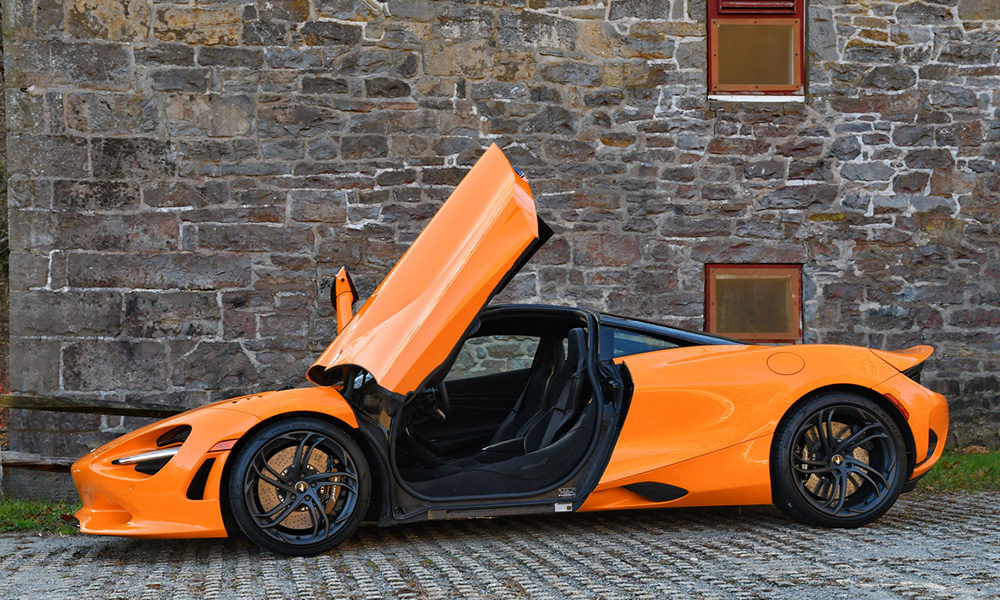
Photo: David Haueter
The driving position is just about perfect, though the pedals are very close together for someone with big feet like mine (size 14’s!), and the carbon fiber that’s visible on the side pillars adds to the drama before you even put the car into gear.
It goes without saying that the 750S is incredibly fast. After a brief bit of turbo lag, the car can build speed so quickly that you have to really be on top of your game to wring it out in each gear, as well as a lot of landscape in front of you.
After all, this is a car that can hit 124mph faster than many mainstream cars can hit 60mph (7.3 seconds). The outright speed of the 750S is surely impressive but is not its best feature.
Where the 750S impresses the most is its ability to make the driver feel connected with the car and the road. It starts with that view over the hood, but continues with steering feel, ride quality and handling and the feel through the seat that is uncommonly good.
This car will make you feel like you’re at one with it on your favorite stretch of twisty road, with responsiveness and feedback through the touch points of the hands, feet and seat that are on an entirely different level.
The 750S also impresses in ways that you may not expect. Put the car in Comfort mode and it’s surprisingly compliant and benign for a highway trip or daily driving.
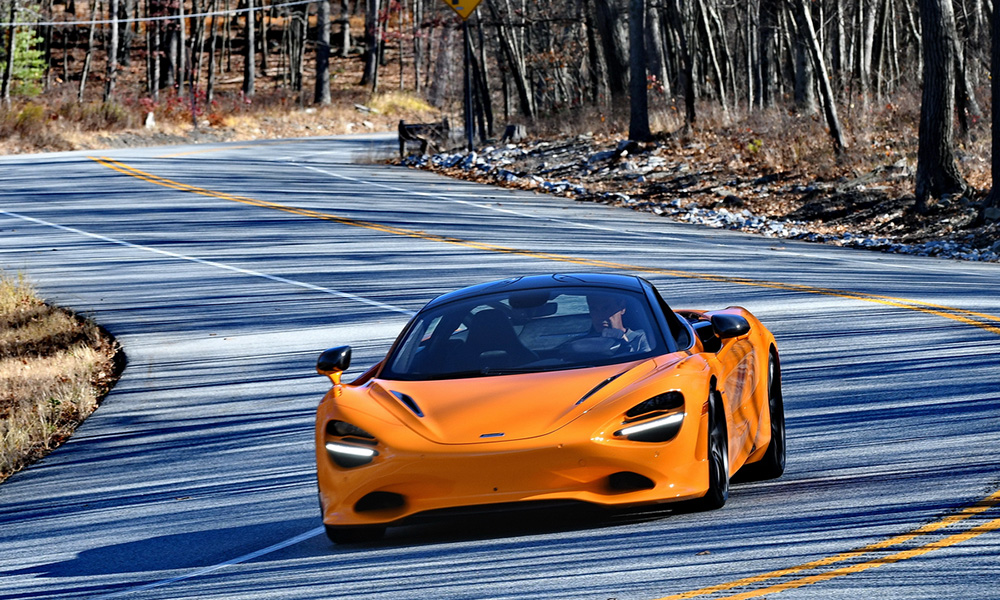
Photo: Bill Dermody
I drove the car on a 150-mile drive that consisted of a lot of highway driving on less than perfect roads and the 750S just soaked up the bumps and potholes. This is probably not a car that will be routinely taken on long trips, but the front trunk is also surprisingly roomy.
Buying a car as super as the 750S also comes at a super price. The coupe model starts at a base price of $324,000, which is an increase of around $23,000 over the 720S.
An open-top Spider version of the 750S is also available, which starts at $343,700. The base price of the coupe is still less than a Ferrari 296 GTB ($342,000), but you can buy a Porsche 911 GT3 RS for about $100,000 less.
Those are great cars if you can afford them, but it’s hard to imagine that either of them would surpass the 750S in pure thrills and driver engagement.
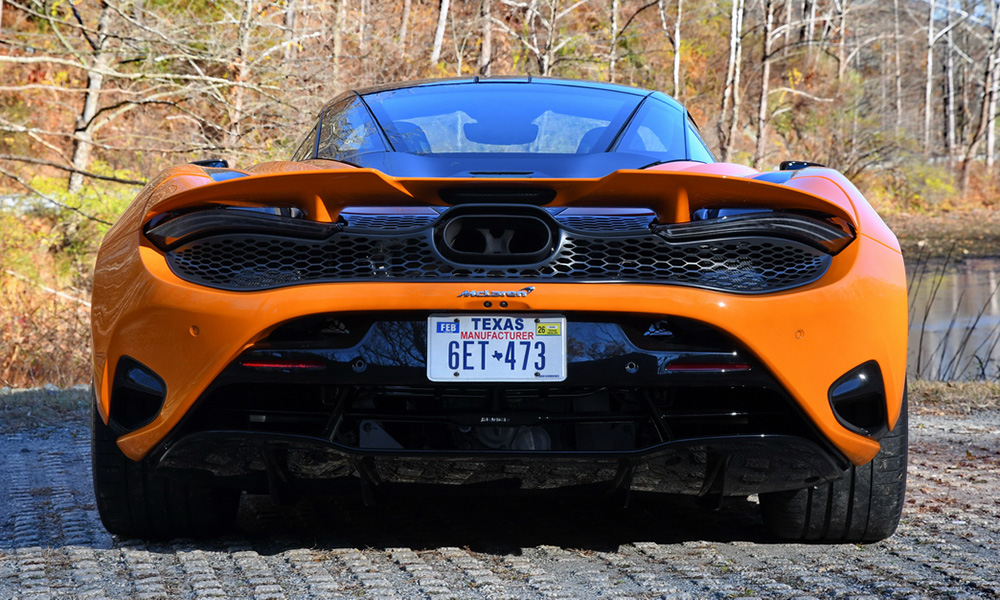
Photo: David Haueter

















